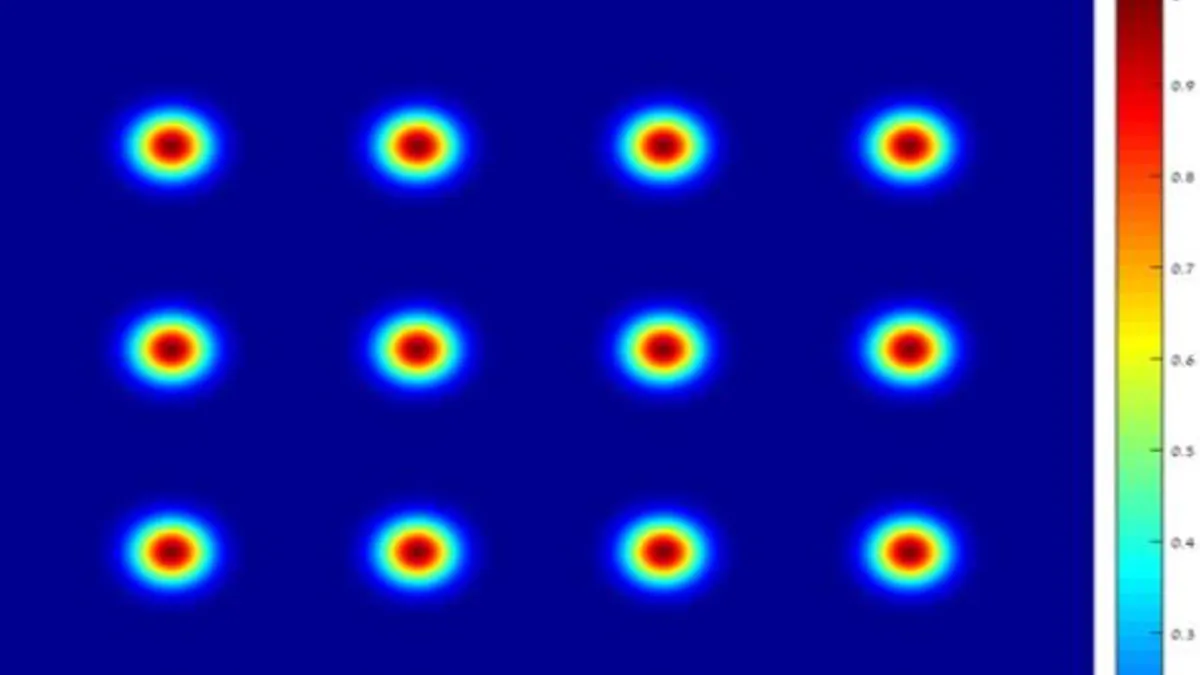A beam sampler is a simple but powerful optical component. It lets you monitor laser output without blocking the beam. That’s important for any high-performance optical system.
It works by reflecting a small part of the beam. The rest passes through, untouched. This gives real-time data without interrupting the laser path.
Need help with beam monitoring or system diagnostics?
Talk to an optics expert today. Get the right beam sampler for your setup. Save time. Improve accuracy. Avoid damage.
Why Use a Beam Sampler?
Laser systems need control.
Power, alignment, and stability all matter.
Even small changes in the beam affect results.
A beam sampler helps track those changes.
It lets you check:
- Power density
- Beam shape
- Polarization
- Wavelength stability
All without interfering with the main beam.
How Does a Beam Sampler Work?
It’s similar to a beam splitter, but more precise. Instead of dividing the beam equally, it only reflects a small fraction. The rest continues to the target.
This partial reflection is key. You get live readings. But you don’t disturb the process.
The reflection ratio depends on:
- Coating type
- Incident angle
- Wavelength range
Choosing the right design ensures accuracy and efficiency.
Beam Sampler in Laser Beam Shaping
In beam shaping laser systems, the output must be exact. Spot size, shape, and intensity must stay consistent. Even slight errors reduce performance.
A beam sampler provides a feedback loop. It measures the output in real-time.
This allows instant correction and better control. Especially in applications needing tight tolerances — it’s essential.
Key Applications of Beam Samplers
You’ll find beam samplers in:
- Laser alignment tools
- Power monitoring units
- Research labs
- Industrial laser cutters
- Medical and surgical lasers
- Optical test benches
They support precision in any field using focused light.
Beam Sampler vs. Beam Splitter
Both look similar. Both split the light path. But they’re not the same.
Beam splitters divide light into equal parts. Good for dual-path systems. But not for clean monitoring.
Beam samplers reflect only a small amount. Better for diagnostics and feedback. They preserve beam power and shape.
Polarization and Reflectance Control
Polarization matters. Some lasers are highly polarized. The wrong optical surface can distort it.
That’s why coating and angle matter in beam samplers. They’re made to minimize distortion.
To keep polarization intact.
Also, reflectance must stay consistent. A stable sampling ratio means stable readings. That’s what makes high-quality samplers stand out.
Broadband vs. Narrowband Beam Samplers
Not all lasers use a single wavelength. Some systems need broadband performance.
Broadband beam samplers can handle multiple wavelengths. They’re coated for wide spectral response. Used in white-light lasers, tunable lasers, and test equipment.
Narrowband samplers are tuned for specific lasers.
More efficient.
More precise.
Ideal for single-wavelength sources.
Pick based on your system’s needs.
Beam Diameter and Power Considerations
Not every beam has the same size. Some are tight and focused.
Others are wide and spread. The beam sampler must match the beam diameter.
A mismatch reduces accuracy, Or even causes damage.
Also, high-power lasers need special coatings. To avoid heat buildup and damage. Always check the power density rating before installing.
Custom Options for Unique Systems
Every system is different. Some use high-speed pulsed lasers. Others work in continuous wave. Some need high polarization control. Others need broad wavelength compatibility.
That’s why custom beam samplers exist.
You can adjust:
- Coating type
- Reflectance level
- Size and shape
- Mounting configuration
This ensures a perfect fit and reliable data.
Reliable Monitoring = Better Results
Without monitoring, small errors grow. Power drift. Misalignment. Wavelength shift.
A beam sampler helps prevent this. It keeps your system stable.
It improves quality, safety, and efficiency.
For critical tasks, it’s not optional. It’s a must.
Talk to an Optics Expert
Don’t guess when selecting a beam sampler. The right choice depends on your:
- Laser type
- Wavelength
- Beam size
- Polarization
- Power level
Get help from an expert who understands optics. They’ll help you choose the right part.
They’ll ensure your system runs at its best.
FAQs
What is a beam sampler?
A beam sampler reflects a small part of a laser beam for monitoring. The rest passes through undisturbed.
How is it different from a beam splitter?
A beam splitter divides light into two paths. A beam sampler only reflects a small fraction for feedback.
Can beam samplers handle broadband lasers?
Yes. Broadband-coated samplers work across multiple wavelengths. Ideal for systems using variable light sources.

